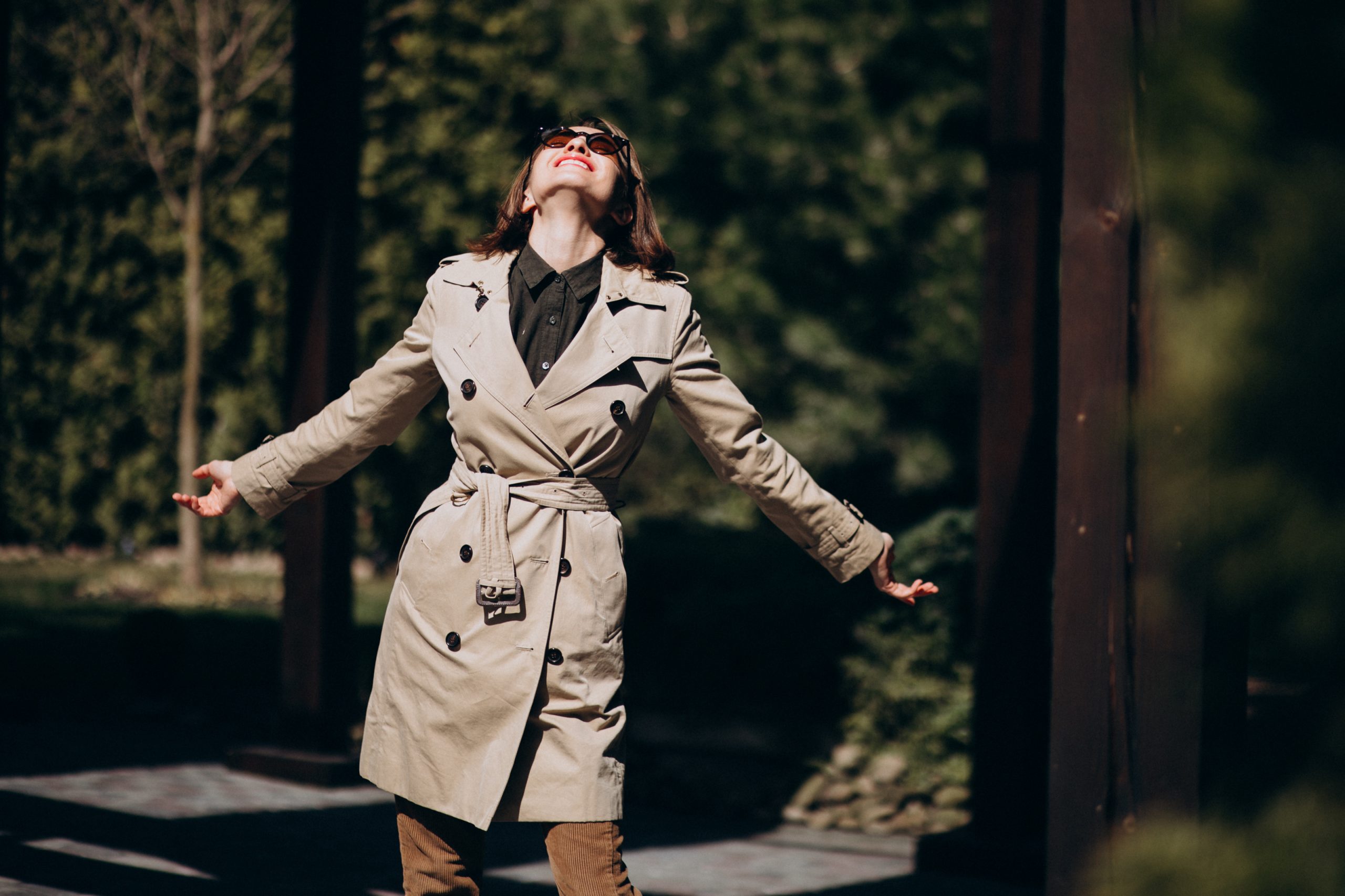Layering is not just about staying warm during the colder months; it’s a powerful styling technique that can transform any outfit, making it more fashionable, dynamic, and versatile. When done right, layering can elevate your style and add depth to your wardrobe without sacrificing comfort or practicality. Here’s how to master the art of layering and create chic, sophisticated looks all year long.
Why Layering Matters
Layering adds visual interest and dimension to your outfits, creating a more structured and stylish look. It allows you to mix and match different textures, colors, and silhouettes, giving you endless possibilities for expressing your personal style. Additionally, layering helps you navigate changing weather conditions while still looking put together.
Essential Layering Pieces
To start mastering layering, it’s important to have a few key pieces in your wardrobe that will serve as the foundation for any layered look. Here are the must-have items:
- Base Layers: These are your foundational pieces, such as fitted tops, tees, or turtlenecks, that are worn closest to the skin. Opt for breathable fabrics like cotton or merino wool for comfort.
- Mid Layers: These provide warmth and style. Think button-down shirts, blouses, sweaters, and lightweight jackets. Cashmere sweaters, knit cardigans, or long-sleeve shirts are great options for this layer.
- Outer Layers: Outerwear is the finishing touch that adds structure to your look. Choose from tailored coats, oversized jackets, blazers, or trench coats. These pieces can also be statement items that make your outfit stand out.
- Accessories: Scarves, belts, and hats are the perfect way to add personality and functionality to your layered outfit. These finishing touches can help pull the entire look together.
Layering Tips for Different Seasons
1. Winter Layering: Stay Warm Without Sacrificing Style
Winter layering is all about warmth and practicality, but it can still be chic. The key is to layer thicker fabrics and play with proportions.
- Start with a thermal base layer or a fitted long-sleeve top.
- Add a sweater or fleece for insulation.
- Top it off with a stylish coat—choose a wool or puffer coat for warmth, or opt for a long trench coat for a sophisticated touch.
- Complete the look with scarves, gloves, and boots for added texture and warmth.
Example Outfit: Pair a wool turtleneck sweater with a high-waisted skirt, tights, a tailored coat, and knee-high boots. Add a cashmere scarf for an extra layer of warmth and style.
2. Spring Layering: Light and Fresh
As the weather transitions, layering becomes more about adding light layers for warmth and creating contrast with breezy materials.
- Start with a light cotton tee or tank top as your base.
- Add a light cardigan or denim jacket for an extra layer of warmth during cool mornings or evenings.
- Layer with a lightweight trench coat or a blazer for an elevated look.
- Finish with a lightweight scarf for an added pop of color.
Example Outfit: Layer a flowy floral blouse over a fitted tee, pair it with skinny jeans, and add a cropped denim jacket. Top it off with a neutral-colored scarf for a spring-ready outfit.
3. Summer Layering: Keep It Cool and Casual
Summer layering can be tricky since the weather tends to be hot, but it’s still possible to layer without overheating. Choose light, breathable fabrics and keep your layers minimal.
- Start with a breathable tank top or a lightweight button-down shirt.
- Layer with a sleeveless kimono, cardigan, or lightweight jacket to add texture and style.
- Add accessories like a wide-brimmed hat or sunglasses to finish the look.
Example Outfit: Pair a white tank top with a lightweight kimono or oversized shirt, and add denim shorts. Complete the look with a straw hat and sandals for a laid-back summer vibe.
4. Fall Layering: Play with Textures and Colors
Fall layering is all about combining rich textures and warm colors. The temperatures can fluctuate, so layering gives you the flexibility to adapt to both chilly mornings and warm afternoons.
- Start with a fitted turtleneck or a simple long-sleeve top.
- Add a wool sweater or cardigan for warmth.
- Top with a structured jacket or trench coat for a polished appearance.
- Layer scarves and hats to introduce a bit of color and texture.
Example Outfit: Pair a fitted turtleneck with a pleated skirt, a plaid wool blazer, and ankle boots. Add a chunky knit scarf and a fedora hat for a perfect fall look.
Layering Dos and Don’ts
Do:
- Play with textures and fabrics to create contrast (e.g., mixing wool with leather or denim with silk).
- Keep your layers in similar tones to create a cohesive look.
- Experiment with proportions (e.g., pairing an oversized sweater with skinny jeans or a long coat with shorter skirts).
Don’t:
- Overload your outfit with too many layers—aim for a balance of practical and stylish layers.
- Forget to accessorize—scarves, belts, and hats make all the difference.
- Choose layers that are too bulky, which may add unnecessary bulk to your look.
Conclusion
Layering is a fantastic way to elevate your style and make the most of your wardrobe. By mastering the art of layering, you can create chic, practical, and versatile outfits that are perfect for any season. Start with key layering pieces, experiment with textures and colors, and don’t forget to accessorize. With these tips in mind, you’ll be layering like a pro in no time!


